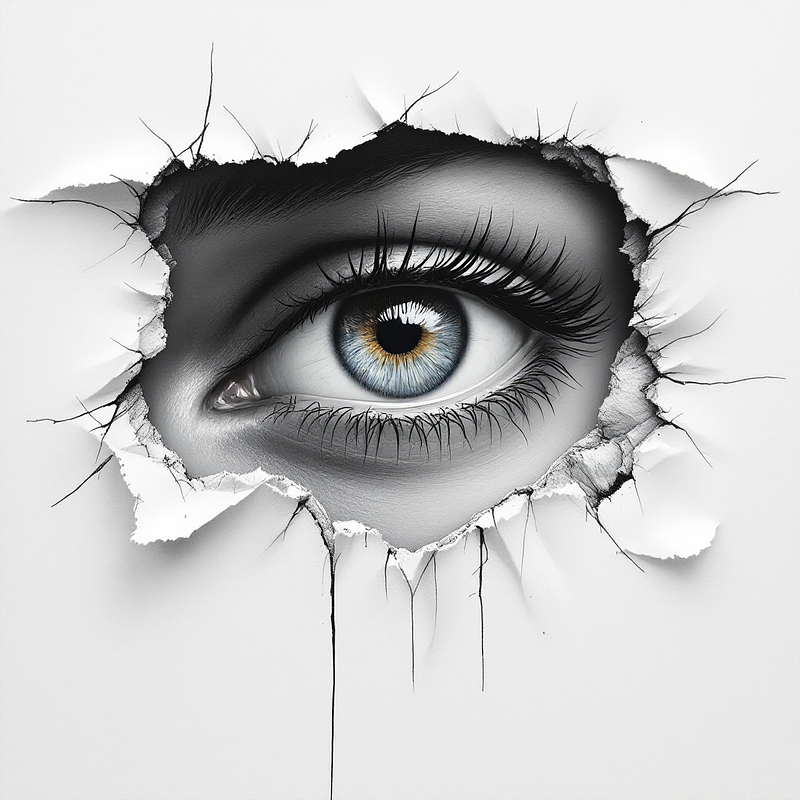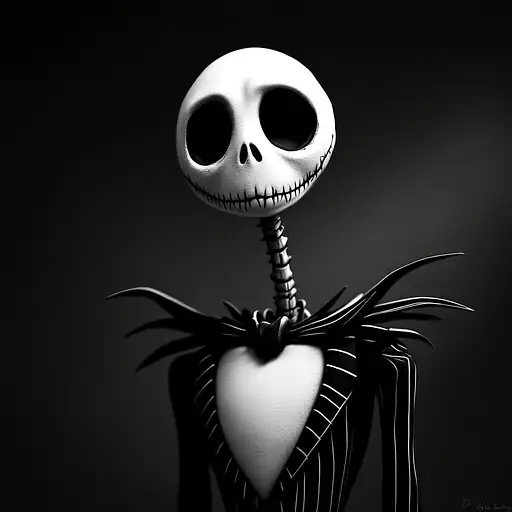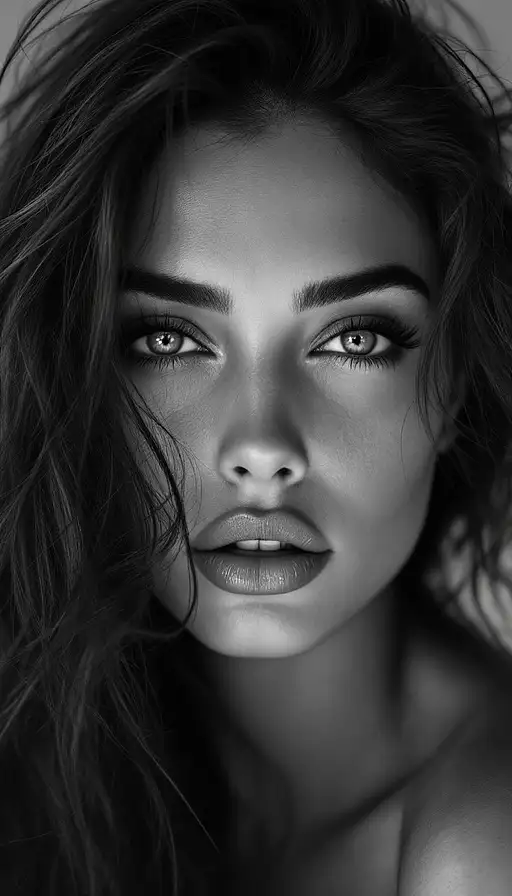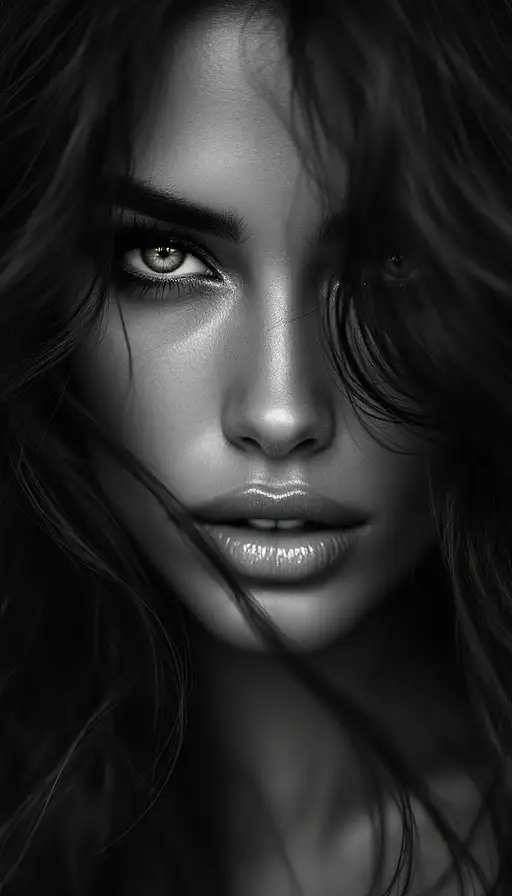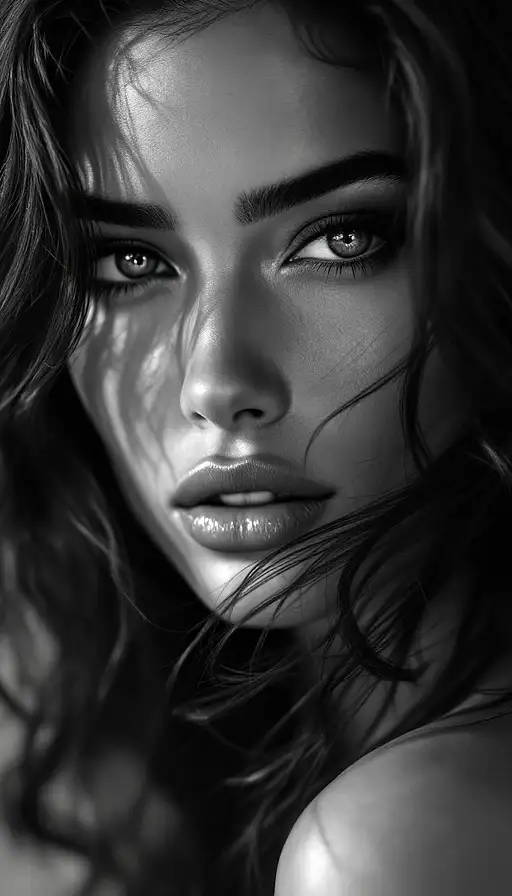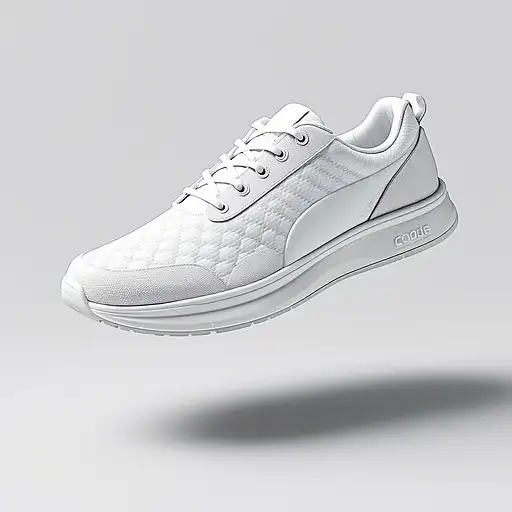
8 months ago
Create a product exposure image of an all-white mattress, designed to mimic the dynamic presentation of a modern footwear product shot, specifically mirroring the angle and floating effect seen in the reference shoe image, but adapted for a mattress in pure white. Color and Texture: The mattress should be rendered in pure white, encompassing all surfaces – top panel, side panels, and edges. Maintain the same texture as a typical high-quality mattress fabric (e.g., quilted, subtly textured woven fabric) to ensure a realistic and tactile appearance, even in white. Angle, Perspective, and Levitating Inclination: The image should replicate the dynamic, elevated angle of the shoe, showcasing the mattress from a similar slightly top-down perspective, but with a more pronounced forward inclination. The mattress should appear to be levitating or suspended in mid-air, with a subtle, soft shadow cast underneath it to clearly indicate its separation from the ground and enhance the three-dimensional floating effect. The inclination should be adjusted so the mattress is less horizontal and more dynamically inclined forward, emphasizing its form and creating a sense of lightness. Background: The background should be completely neutral and devoid of color, effectively a very light grey or near-transparent to ensure the white mattress stands out prominently. The background should not compete with or distract from the pure white product, allowing the focus to remain entirely on the mattress and its form. Focus on Key Features (in White): The exposure should effectively emphasize the mattress's overall shape and construction, presented at the specified dynamic, levitating angle. Highlight the quilted top panel, the reinforced edges, and any visible layers or zones within the mattress construction – all rendered in pure white and differentiated by subtle texture variations. Any brand logo or label should be rendered in a very subtle, near-invisible white-on-white to maintain the pure white aesthetic and minimalist presentation. Color Palette and Visual Harmony (Monochromatic White): The color palette is strictly monochromatic white. The visual interest and depth should be derived entirely from the subtle variations in texture, lighting, and shadow within this pure white scheme. The overall visual harmony should communicate ultimate purity, cleanliness, and a pristine sense of comfort and restful sleep, all within a purely white aesthetic. Target Audience and Message: This product exposure, with its dynamic angle, levitating presentation, and pure white aesthetic, is designed to appeal to a target audience seeking minimalist design, ultimate cleanliness, and high-quality sleep products. The clean, pristine aesthetic and focus on construction details, presented in a dynamic and modern way, should communicate a message of superior comfort, support, and restful sleep technology, embodied in a design of pure, unadulterated white. Overall Style and Composition (Pure White Levitating Modernity): The image should have an ultra-clean, modern, and minimalist feel, defined by its pure white color scheme and levitating presentation. It should evoke a sense of pristine quality, ultimate comfort, and a futuristic, weightless sleep experience. The style should be informative and appealing, effectively communicating the mattress's design and value proposition to the target customer through a visually striking and modern composition, replicating the dynamic angle and floating effect of the shoe image, now executed in a purely white and levitating mattress
